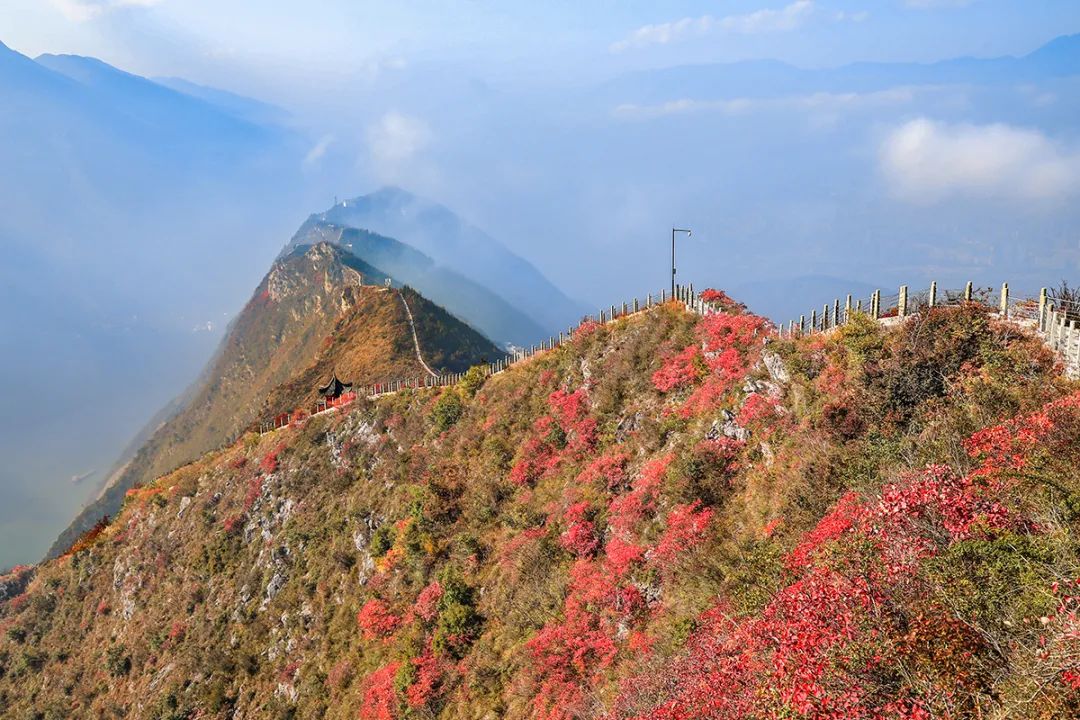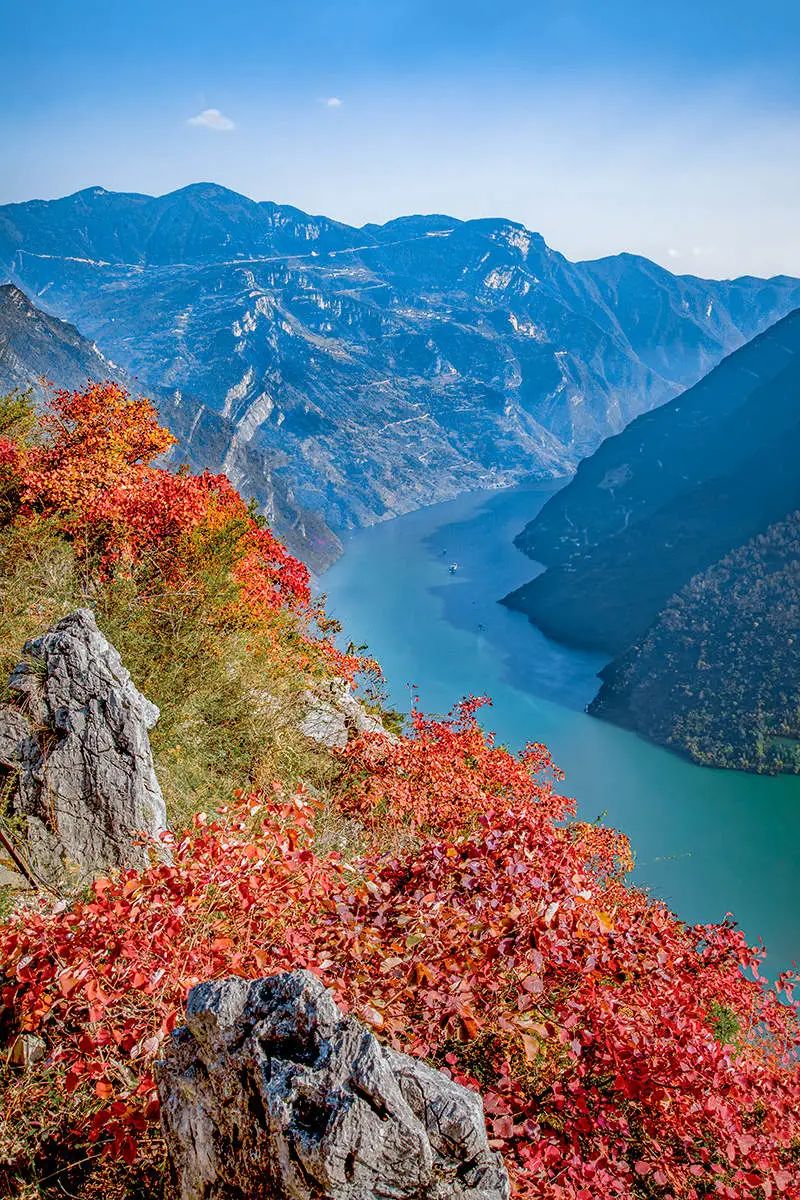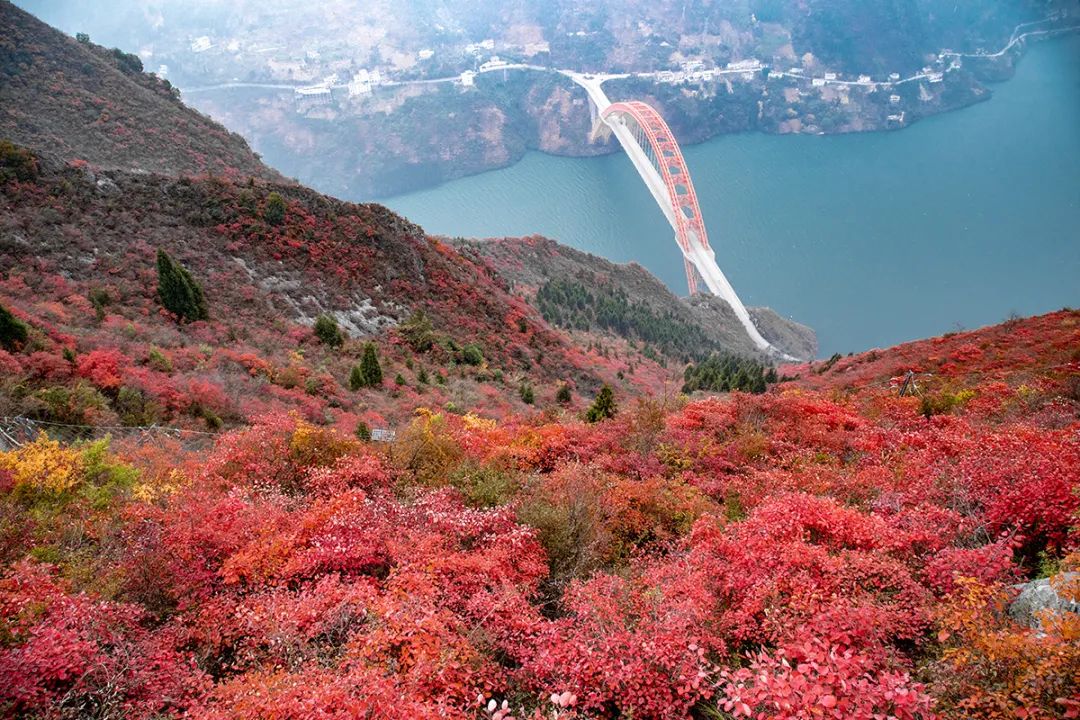
SCENIC SPOT NEWS



This little red leaf has not only become a city card of Wushan, but also created a new industry covering tourism, culture, handicrafts and many other fields, bringing the tourism industry of Wushan alive.

In the late autumn more than a thousand years ago, the poet Li Bai set off his boat and passed through the Three Gorges, leaving behind a good sentence "Wushan is surrounded by obstacles and painted high hills, and the trees near Baidi City are colored in autumn".
More than 400 years ago, the poet Lu Qian of the Ming Dynasty went boating in Wu Gorge, and his poetry flourished.
For thousands of years, the red leaves of Wushan have fascinated countless scholars and writers.
According to the analysis of relevant experts, the history of red leaves in Wushan can be traced back to 30 to 40 million years ago. In this long historical river, red leaves continue to grow along both sides of the dense Xiajiang River, and now it has stretched for more than 70 kilometers on both sides of Wu Gorge, and the red leaf area alone has more than 30,000 mu.

Over the years, despite the abundance of red leaf resources, the red leaves of Wushan have been deeply hidden on both sides of the quiet Xiajiang River, and can only be turned into wisps of cooking smoke in the farmer's kitchen.
"The sumac seeds are shiny and flaming, and this year they will grow longer." This kind of folk song is almost always sung by the elderly.
Until the 1980s, the movie "Wait until the mountains are full of red leaves" became popular all over the country. The red leaves are like the "old boat ticket" in the movie. They quietly boarded the "passenger ship" of tourists' minds and let the Chinese people know Wushan red leaves for the first time.





